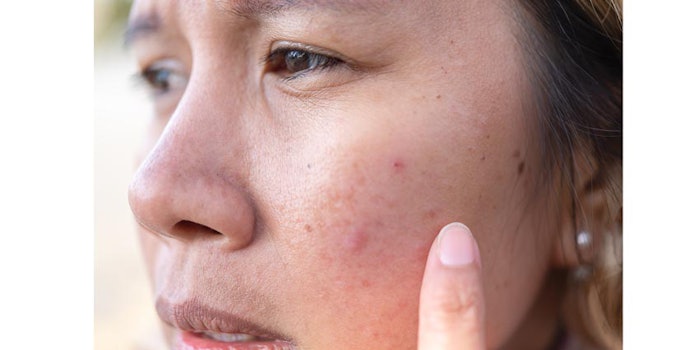
Hyperpigmentation is a term that is used to describe skin that is discolored due to environmental stressors, acne scarring and inflammation from an eczema flare-up. It can occur anywhere on the face and anywhere on the body.
Melasma is a form of hyperpigmentation, that is caused by a host of internal factors. Melasma occurs mostly in women, especially women who are pregnant because of the hormonal changes.1 It appears on the forehead, upper lip and chin mostly, and worsens with sun exposure.
"Hormonal influences play a significant role here, as seen by the increased prevalence of pregnancy, oral contraceptive use, and other hormonal therapies," says Adam Friedman, M.D., an associate professor of dermatology at George Washington University Medical Faculty Associates in Washington, D.C. "The problem is preventing its worsening, especially from the hormonal angle, as it can be hard to remove the instigating factors."
Neither melasma, nor hyperpigmentation can be prevented or corrected without wearing the appropriate sunscreen. Treatments of both skin conditions are generally the same; however, melasma is also generally more difficult to treat and rid a client of. While hyperpigmentation responds well to products with hydroquinone, vitamin C, kojic acid and niacinamide, melasma does not always. No one client’s skin is the same, and there may need to be a bit of trial and error.
References:










